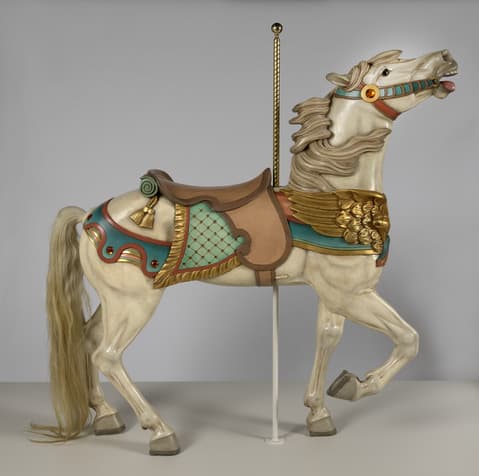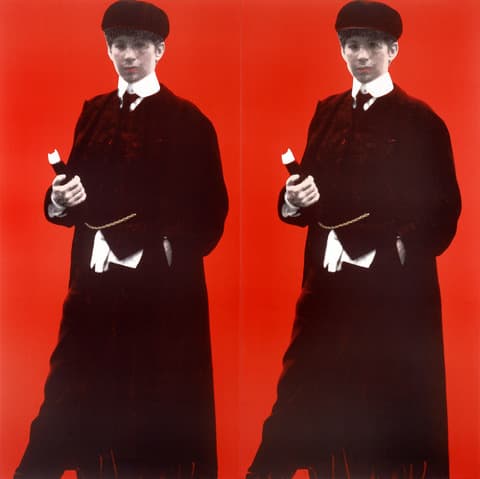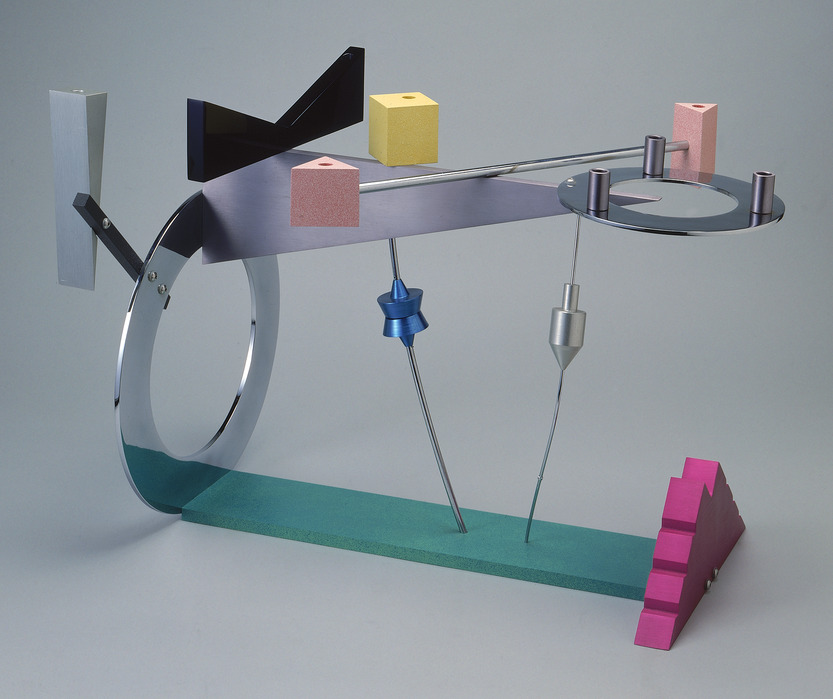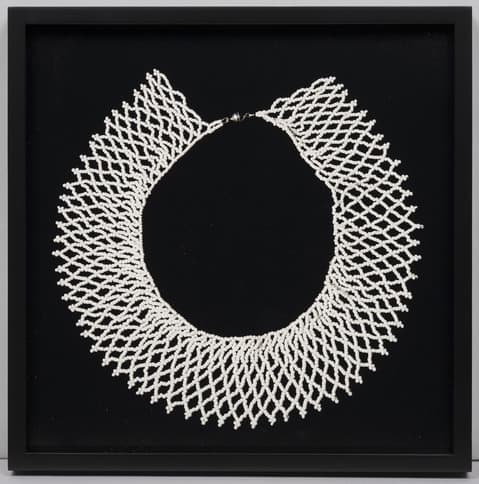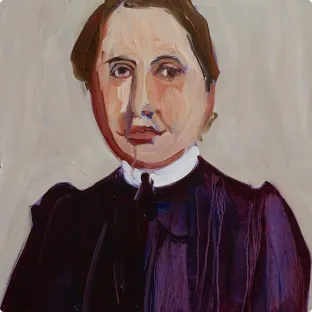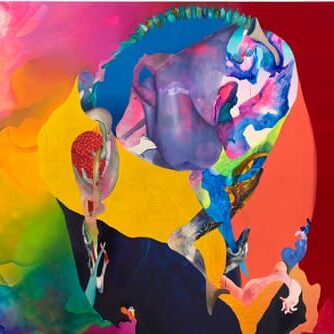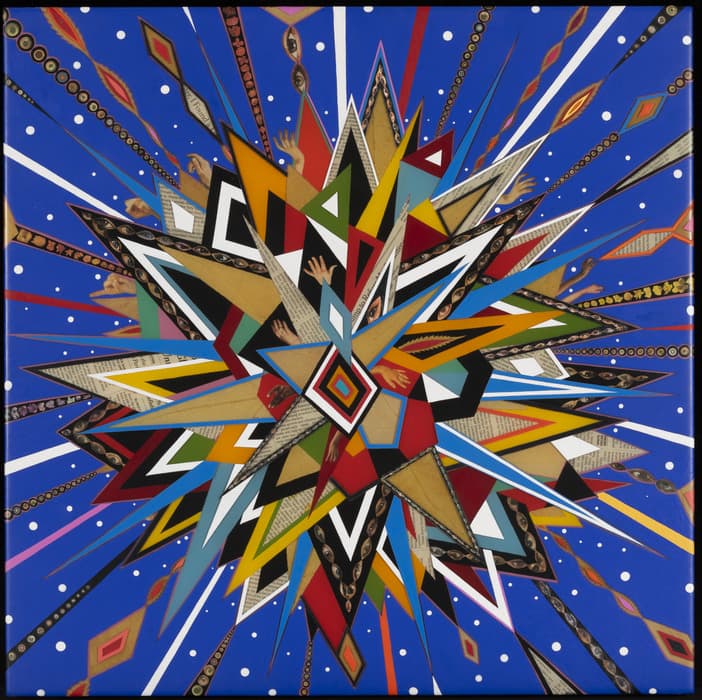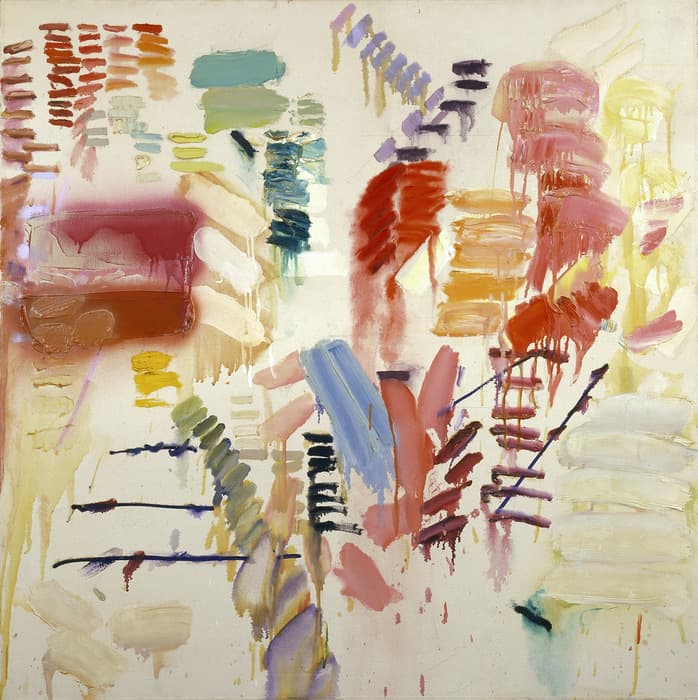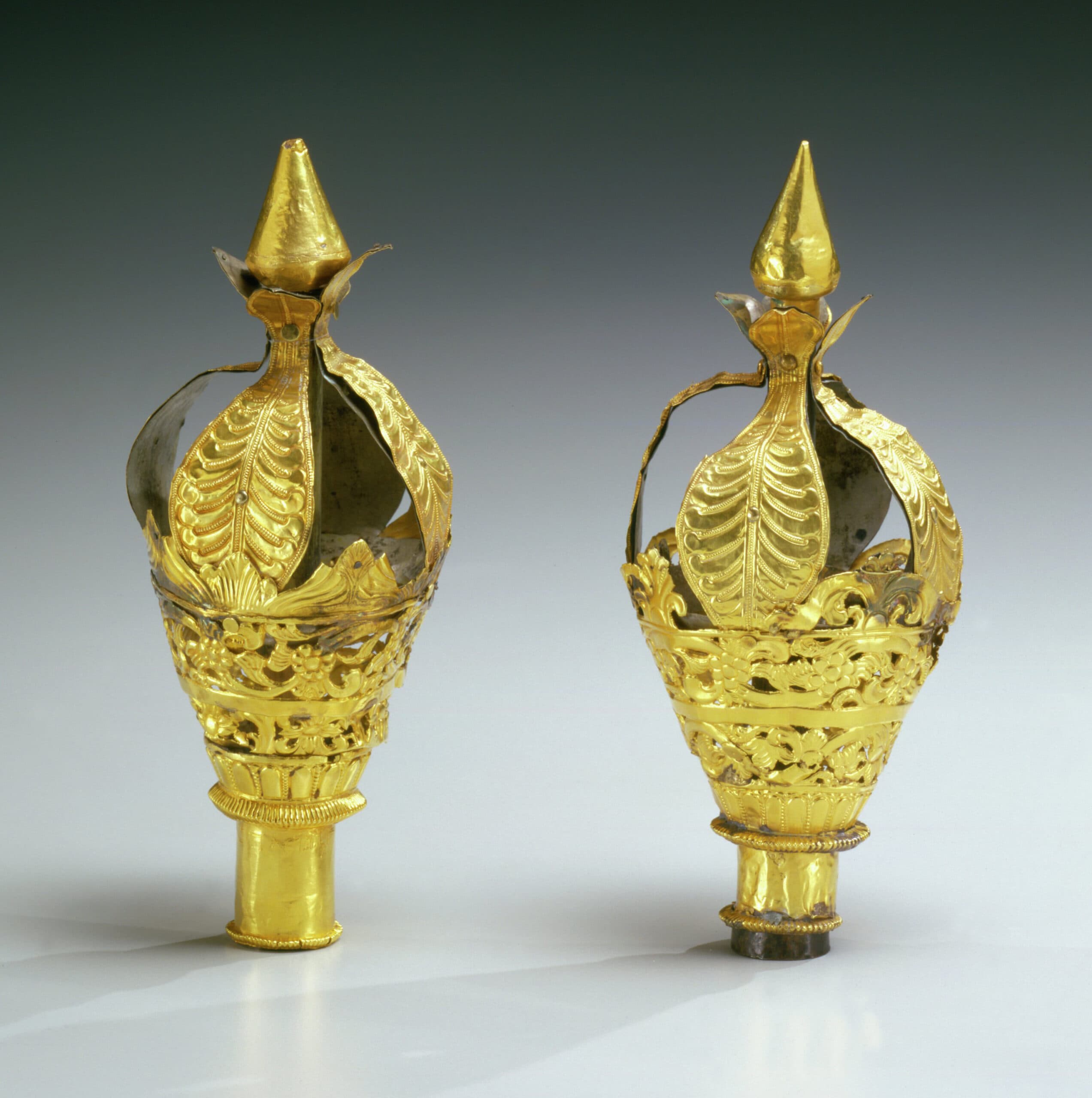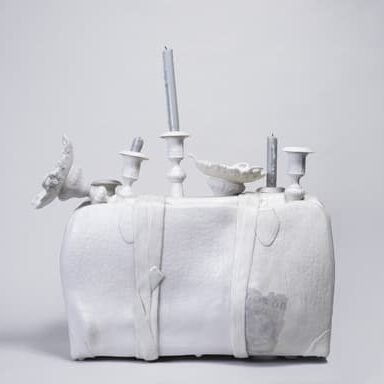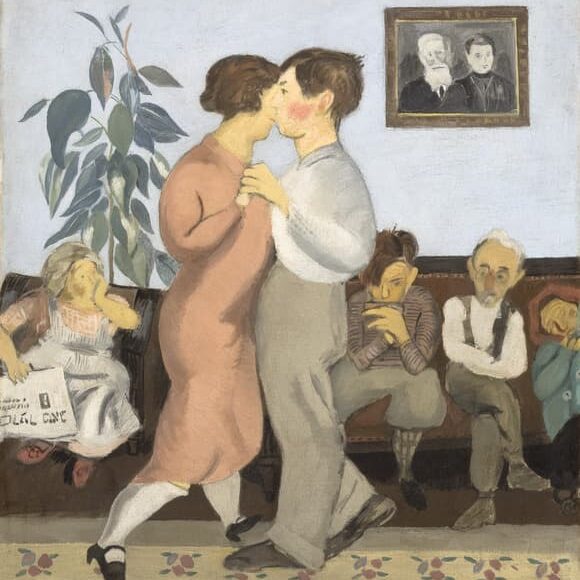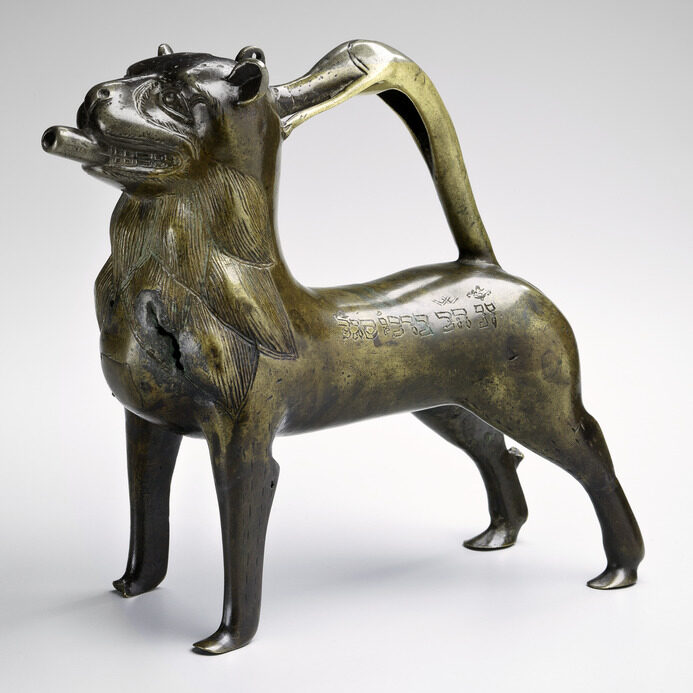Israeli Video Art Presentation in Aug 2014 Part of Sights and Sounds: Global Film and Video Series
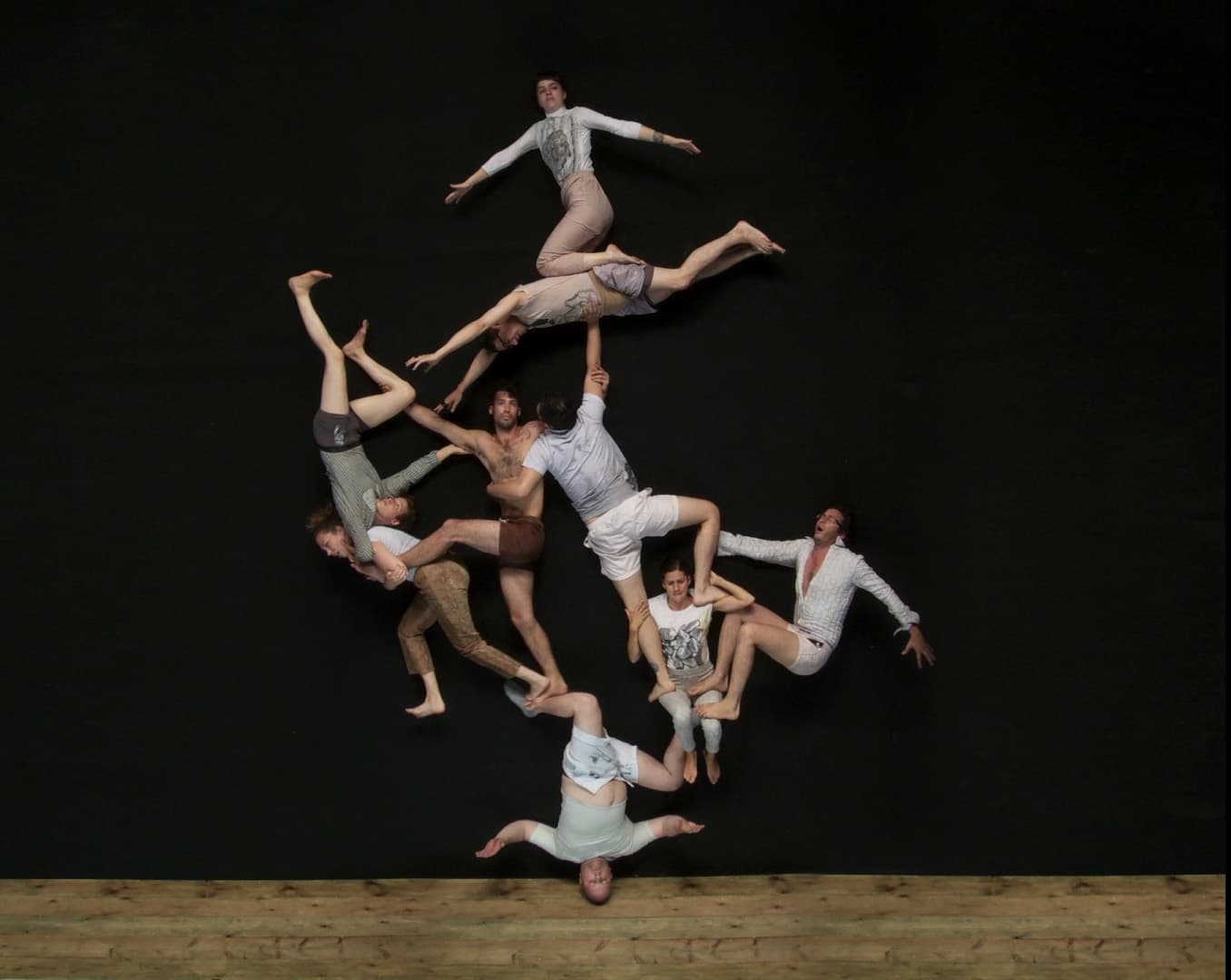
New York, NY – As part of an exhibition series highlighting contemporary film and video work from around the world, the Jewish Museum is presenting a selection of four films by Israeli artists from August 1 – 28. Video art is a dominant medium among artists in Israel who came of age in the 1990s when hi-tech culture and exposure to international news and pop culture via television were increasing. The works in Sights and Sounds: Israel contain motifs of transformation and metamorphosis, exploring the intersection of the personal and political within society.
Guy Ben Ner's Spies (2011) refers to the biblical story of the twelve spies who were sent to scout the Land of Canaan, returning with a bunch of grapes so large two men had to carry it. An image of this is now used as the logo of the Israeli Ministry of Tourism. The video zooms out from this logo while a voiceover recounts part of Samuel Beckett's absurdist play Waiting for Godot and Jonathan Swift's parodic novel Gulliver's Travels. Mika Rottenberg's Sneeze (2012) features suited men with grotesquely exaggerated and inflamed noses, who cartoonishly sneeze out rabbits, raw steaks, and finally light bulbs. The video is inspired by Thomas Edison’s 1894 motion study of a sneeze that was one of the first films ever made. Gilad Ratman also uses cinematic tricks in his video The Days of the Family of the Bell (2012) to create the illusion of gravity-defying human pyramids, alluding to family trees, the importance of achieving balance within a social structure, and our interconnectedness with one another. Finally, Tali Keren’s Autobody (2009) features a surreal, staged scene of Israeli and Palestinian car mechanics.
The presentation was curated by Chen Tamir (b. Tel Aviv, 1979), curator of the Center for Contemporary Art in Tel Aviv and associate director of Artis. She was previously executive director of Flux Factory, New York. She holds a Master’s degree from the Center for Curatorial Studies, Bard College, and has organized shows across Canada, the United States, and Israel.
Over the course of two years, Sights and Sounds: Global Film and Video is exploring new works selected by twenty-five curators from different countries, introducing New York audiences to the latest developments in filmmaking within the art context worldwide. Each curator has chosen new film and video works from their respective regions – including Argentina, Vietnam, Nigeria, New Zealand, Egypt, and others. Their selections are screened for one month each in the Museum's newly refurbished media center, which has been transformed into a miniature cinema. The works in Sights and Sounds touch on themes significant to both Jewish culture and universal human experience, including spirituality, exile, language, conflict, family, humor, and history. The Sights and Sounds exhibition series will culminate in a 2016 conference and a publication with curatorial statements, essays, film stills and descriptions.
Sights and Sounds: Global Film and Video is organized by Jens Hoffmann, Deputy Director, Exhibitions and Public Programs, and Rebecca Shaykin, Leon Levy Assistant Curator.
Press contacts
Anne Scher, Molly Kurzius, or Alex Wittenberg
The Jewish Museum
212.423.3271 or [email protected]
